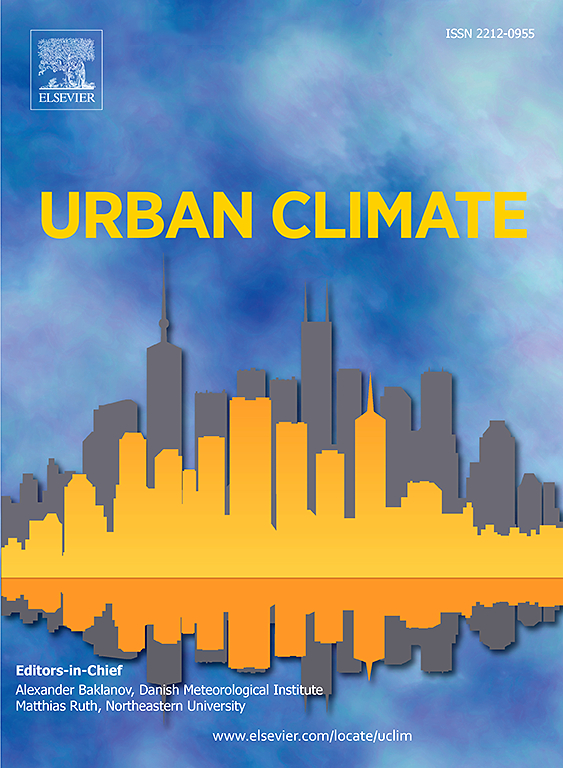Meta-analysis of polyaromatic hydrocarbons in road dust: An emerging threat in urban environment
IF 6
2区 工程技术
Q1 ENVIRONMENTAL SCIENCES
引用次数: 0
Abstract
Road dust (RD) has emerged as a significant contributor to air pollution in urban areas. It serves as a major reservoir for various contaminants including highly toxic heavy metals and polyaromatic hydrocarbons (PAHs). Therefore, road dust poses threats not only to the environment but also human health, particularly to commuters and residents near roadsides. The abrasion of tyres and the release of carbonaceous materials from vehicle emissions further increases the toxicity of road dust. This study presents a comprehensive review of sources and fate of PAHs in road dust as well as their toxicity in the environment. We have used the Web of Science database from 1989 to 2023. Our study suggests that this research topic has seen a substantial increase in investigations with a rate of ∼40 % since 2008. However, despite an increase in urbanization and industrialization and high toxicity of PAHs in RD, research in developing countries is still limited, primarily due to an inadequate funding and lack of technical advancements. Although atmospheric concentrations of PAHs have declined in developed countries, largely due to the implementation of strict emission standards and air quality regulations, adoption of advanced cleaner fuels and technologies, the demand for transport and energy is more likely to increase in developing countries in the future. Therefore, the study emphasizes the importance of promoting research on RD (size, composition and toxicity) pollution to address and mitigate the impact of PAHs on human health and the environment. Our study highlights that there is a strong need for more research on trade-off between emission and control measures to regulate RD emissions as well as toxic carcinogens including PAHs and heavy metals in urban environment.
道路尘埃中多芳烃的元分析:城市环境中新出现的威胁
道路扬尘(RD)已成为城市地区空气污染的一个重要因素。它是各种污染物(包括剧毒重金属和多芳烃)的主要储存库。因此,道路扬尘不仅对环境造成威胁,也对人类健康造成威胁,尤其是对上班族和路边居民。轮胎的磨损和车辆排放的碳质材料进一步增加了道路尘埃的毒性。本研究全面综述了道路尘埃中多环芳烃的来源和归宿及其在环境中的毒性。我们使用了从 1989 年到 2023 年的 Web of Science 数据库。我们的研究表明,自 2008 年以来,对这一研究课题的调查大幅增加,增长率高达 40%。然而,尽管城市化和工业化进程加快,而且多环芳烃在制冷剂中的毒性很高,但发展中国家的研究仍然有限,主要原因是资金不足和缺乏技术进步。虽然发达国家大气中多环芳烃的浓度已经下降,这主要是由于实施了严格的排放标准和空气质量法规,采用了先进的清洁燃料和技术,但发展中国家未来对交通和能源的需求更有可能增加。因此,本研究强调了促进 RD(大小、成分和毒性)污染研究的重要性,以解决和减轻多环芳烃对人类健康和环境的影响。我们的研究强调,亟需对排放与控制措施之间的权衡进行更多研究,以规范城市环境中的 RD 排放以及包括 PAHs 和重金属在内的有毒致癌物质。
本文章由计算机程序翻译,如有差异,请以英文原文为准。
求助全文
约1分钟内获得全文
求助全文
来源期刊

Urban Climate
Social Sciences-Urban Studies
CiteScore
9.70
自引率
9.40%
发文量
286
期刊介绍:
Urban Climate serves the scientific and decision making communities with the publication of research on theory, science and applications relevant to understanding urban climatic conditions and change in relation to their geography and to demographic, socioeconomic, institutional, technological and environmental dynamics and global change. Targeted towards both disciplinary and interdisciplinary audiences, this journal publishes original research papers, comprehensive review articles, book reviews, and short communications on topics including, but not limited to, the following:
Urban meteorology and climate[...]
Urban environmental pollution[...]
Adaptation to global change[...]
Urban economic and social issues[...]
Research Approaches[...]
 求助内容:
求助内容: 应助结果提醒方式:
应助结果提醒方式:


